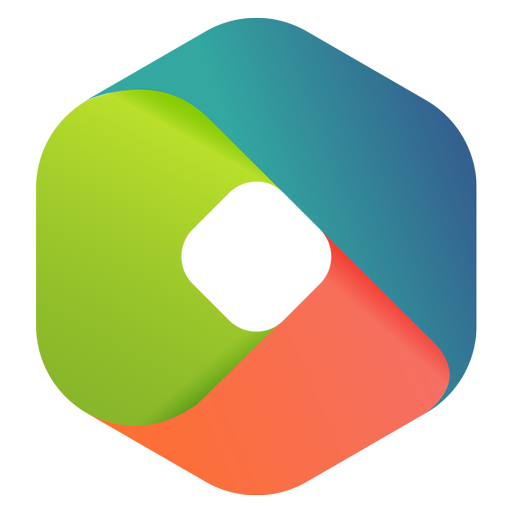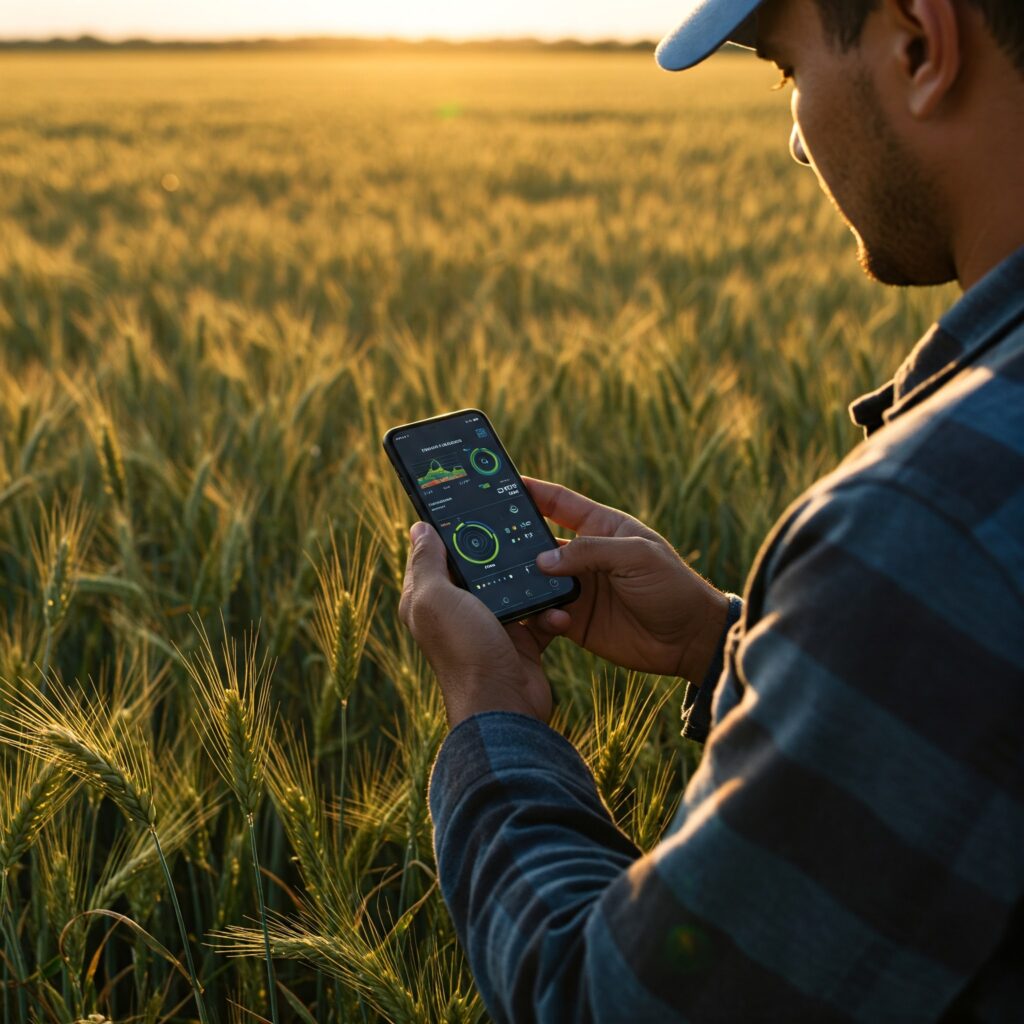Internet of Things (IoT) in Agriculture: Solutions for Smart Agriculture
Nowadays, the Internet of Things (IoT) is playing an important role in many industries, and agriculture is no exception. Integrating IoT technology into agriculture brings many benefits, from optimizing production processes to improving product quality and protecting the environment.
What is smart agriculture?
Smart agriculture is an agricultural production model that applies high technology to all stages, from planting, caring, harvesting to preservation and consumption. By using IoT, smart agriculture creates an automatic and continuous working environment, based on data and artificial intelligence to optimize production processes, improve efficiency and minimize environmental impact.
What is IoT in agriculture?
IoT in agriculture is a system that integrates technologies such as robots, drones, remote sensors and computer vision to optimize management and farming. The main goal is to provide smart solutions to monitor and control farm operations, from crop management to animal care and optimizing resource utilization.
Popular IoT technologies in agriculture
- Robots in agriculture (Agribots):
- Automate tasks like weeding, irrigation, harvesting.
- Using image processing technology to distinguish between crops and weeds.
- Automatic navigation systems help tractors and agricultural equipment operate accurately.
- Harvesting robots help solve the problem of labor shortage and ensure product quality.
- Drone (unmanned aircraft):
- Collect data on agricultural activities, measure soil moisture, nutrient concentrations.
- Monitor plant growth, detect problems such as diseases and pests early.
- Spraying, fertilizing and monitoring livestock.
- Camera sensor:
- Collect high-quality images to detect abnormalities and analyze factors affecting the farm.
- Image processing to determine plant size, shape, color and growth.
- Classification and arrangement of agricultural products, irrigation supervision.
- Remote sensor:
- Monitor crops, weather and soil quality.
- Provides detailed information on factors affecting crops.
- Weather forecasting and soil quality assessment.
IoT applications in agriculture
- Follow and update weather conditions:
- Use weather stations to collect data on temperature, humidity, sunlight, wind speed, and rainfall.
- Build detailed maps of weather and meteorological conditions.
- Choose suitable plants and animals.
- Apply effective solutions for plant and animal care.
- Automating greenhouse farming operations:
- Use IoT sensors to collect information about light, temperature, air humidity, soil conditions and nutrients.
- Adjust environmental factors to ensure plants receive optimal conditions.
- Livestock monitoring and crop management:
- Use sensors to monitor your pet's body temperature, heart rate, movement and activity.
- Using drones to monitor livestock.
- Monitor plant growth.
- Support for planning and accurate agricultural forecasting:
- Use IoT sensors to collect information about light, temperature, humidity, soil conditions, pests, CO2, water quality.
- Forecast planting time, harvest, pest and disease risks, total yield, harvest time.
- Optimize the amount of irrigation water, fertilizer, and pesticides.
- IoT applications in agricultural machinery maintenance:
- Detect abnormalities in machine operation.
- Provide timely alerts to address problems or schedule maintenance.
- Optimize uptime, improve productivity.
- Application for building farm management system:
- Building a Agriculture Management System (FMS) using IoT sensor networks and tracking devices.
- Allows remote management and monitoring.
- Management of vehicles, warehouses, transportation and consumption.
Disadvantages of IoT in Agriculture
- Security: Risk of cyber attacks and data theft.
- High investment cost: Costs for sensors, controllers, networking systems and software.
- Complexity: Requires a high level of expertise to implement and maintain the system.


